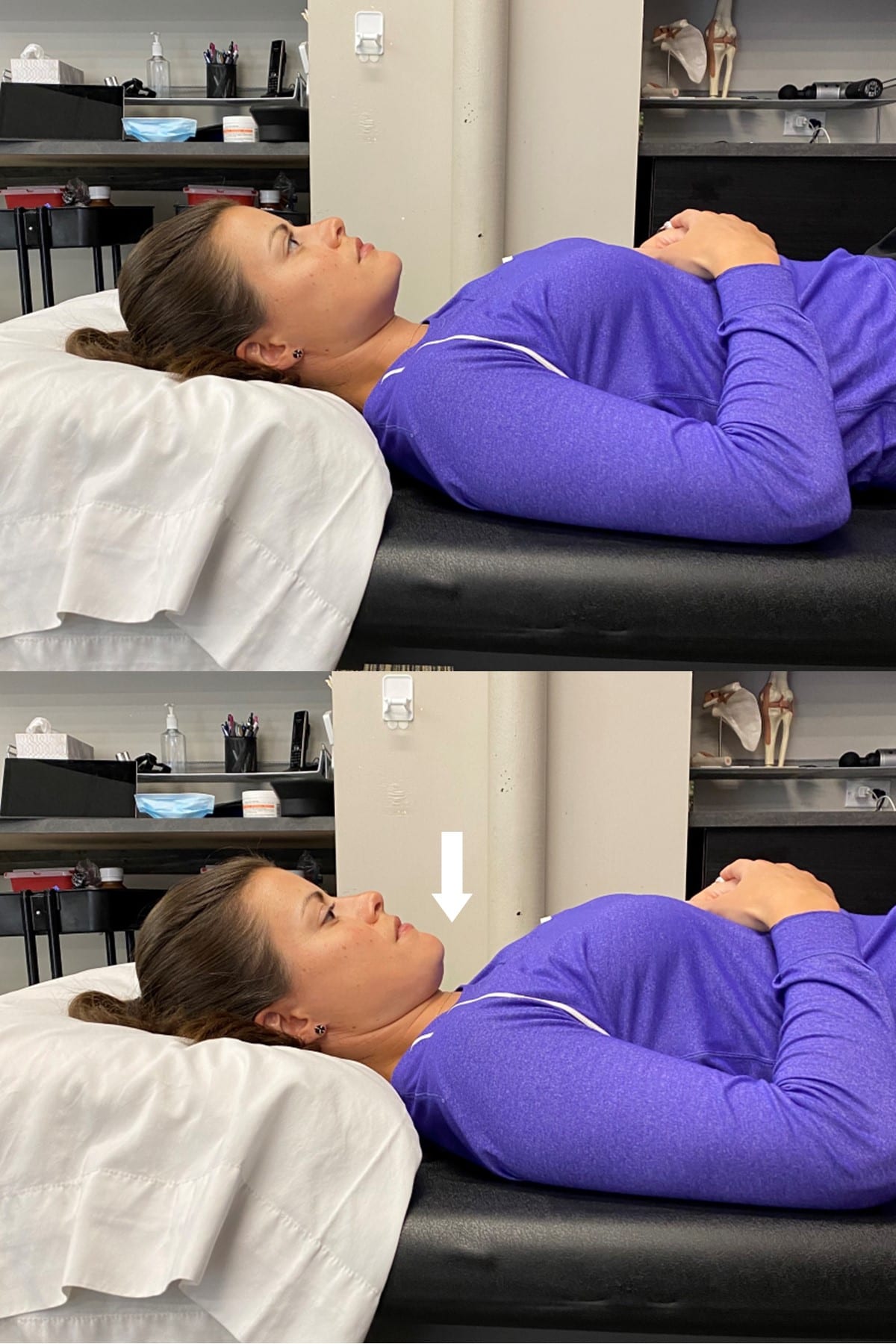
Residue is thought to represent a risk for subsequent post-swallow aspiration ( 16). ( 15) reported that stroke patients with greater residue in the valleculae and pyriform sinuses had poorer treatment outcomes following a rehabilitation protocol involving neuromuscular electrical stimulation. The presence of residue has also been shown to have prognostic value in predicting the outcome of rehabilitation for stroke patients with dysphagia.

( 14), vallecular residue and epiglottic dysfunction were found to have the highest co-occurrence rate with aspiration (80%), of all parameters measured. When swallowing efficiency is impaired, residue collects in the spaces of the pharynx (the valleculae and pyriform sinuses). Among these, postural modifications are frequently considered as a means of reducing penetration-aspiration risk or improving bolus clearance ( 4– 13). One of those decisions involves the choice of compensatory techniques that are appropriate to address the specific pathophysiology demonstrated by the patient. It is within this very narrow window that treatment decisions have to be made. Due to the radiographic exposure associated with this tool, videofluoroscopic evaluations must be restricted in duration, typically involving between 3 and 11 boluses per assessment ( 1– 3). Videofluoroscopy is the current gold-standard method for evaluating swallowing pathophysiology in people with dysphagia, using a standardized protocol. The head-turn-plus-chin-down maneuver achieved significant reductions in residue for thin and nectar-thick fluids, suggesting that this maneuver can be effective in reducing persistent vallecular residue with these consistencies. More than 80% of pre-swallow measures displayed NRRS ratios > 0.06, a threshold previously linked to increased risk of post-swallow aspiration. On average, pre-maneuver measures showed residue filling 56–73% of the valleculae, depending on stimulus consistency (NRRS scores: 0.2–0.4). Univariate analyses of variance were used to detect significant reductions in residue.
#Chin tuck posture full#
Measures of % full and the Normalized Residue Ratio Scale (NRRS) were extracted. Pixel-based measures of residue in the vallecular space before and after the maneuver were made on still frame lateral images using ImageJ software. Participants were cued to perform a head-turn-plus-chin-down swallow, with the direction of head turn randomized.

Data were collected from 26 participants who demonstrated persistent vallecular residue after an initial head neutral clearance swallow in videofluoroscopy. We investigated the impact of a novel maneuver on residue clearance by combining a head turn with the chin down posture. Cued or spontaneous swallows in the head neutral position do not always successfully clear residue. When swallowing efficiency is impaired, residue accumulates in the pharynx.


 0 kommentar(er)
0 kommentar(er)
